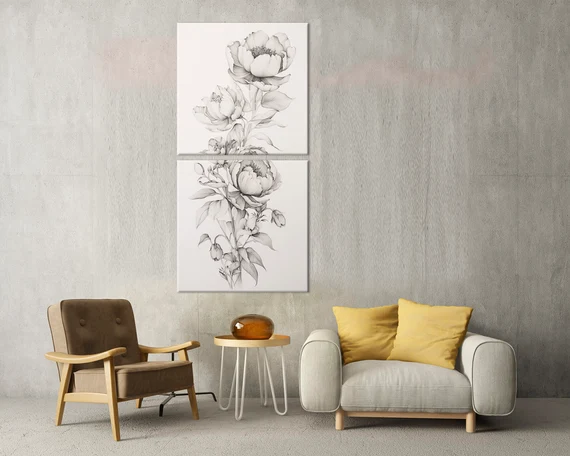Murals in modern design represent a fascinating convergence of art and functionality, enhancing interiors in both aesthetic and practical ways. In contemporary spaces, murals have transcended their traditional roles, evolving into dynamic elements that transform walls into captivating visual narratives. They serve not only as decorative statements but also as tools to shape and enhance the ambiance of a space, blending creativity with functionality. One of the most compelling aspects of murals in modern design is their versatility. Unlike standard wallpapers or paint, murals offer a bespoke quality that can be tailored to reflect personal tastes, cultural influences, or thematic elements. This customization allows them to become central features in a room, often acting as focal points that draw the eye and create a cohesive design narrative. For instance, a mural depicting a serene landscape can infuse a room with tranquility, while an abstract geometric design might add a touch of modernity and sophistication. Functionality is another key benefit of murals in modern interiors.

They can be employed to address practical design challenges, such as masking imperfections on walls or creating visual depth in small spaces. By incorporating murals, designers can manipulate perceptions of space, making rooms appear larger or more cohesive. For example, a mural featuring a continuous horizon can visually extend a small room, while a textured mural can add a sense of richness and dimension to otherwise flat surfaces. Moreover, murals can enhance the functionality of commercial spaces as well. In retail environments, for example, murals can be used to reinforce brand identity and create an immersive shopping experience. Restaurants and cafes often utilize murals to evoke a specific atmosphere or theme, from rustic charm to urban chic. In offices, murals can contribute to a creative and inspiring work environment, potentially boosting employee morale and productivity. The ability to integrate branding, thematic elements, and visual interest into a workspace underscores the functional versatility of murals in modern design.
The process of incorporating murals into interior design also reflects a broader trend towards personalization and uniqueness in modern interiors. As people seek to create living spaces that reflect their individual tastes and lifestyles, murals offer an opportunity for personal expression that goes beyond conventional decor. Whether through hand-painted designs or high-resolution prints, murals can capture and convey personal stories, cultural references, or artistic preferences, adding layers of meaning and significance to a space. In addition, advancements in mural technology and techniques have expanded the possibilities for integration into modern interiors. Digital printing and sophisticated installation methods have made it easier to create and apply murals, ensuring high-quality results and greater durability and visit the page for more info https://www.spm-design.com/. This progress has democratized access to murals, allowing for greater experimentation and creativity in design. In summary, murals in modern design represent a harmonious blend of artistic expression and practical functionality. Their ability to transform spaces, address design challenges, and reflect personal and brand identities makes them a valuable tool in contemporary interior design.